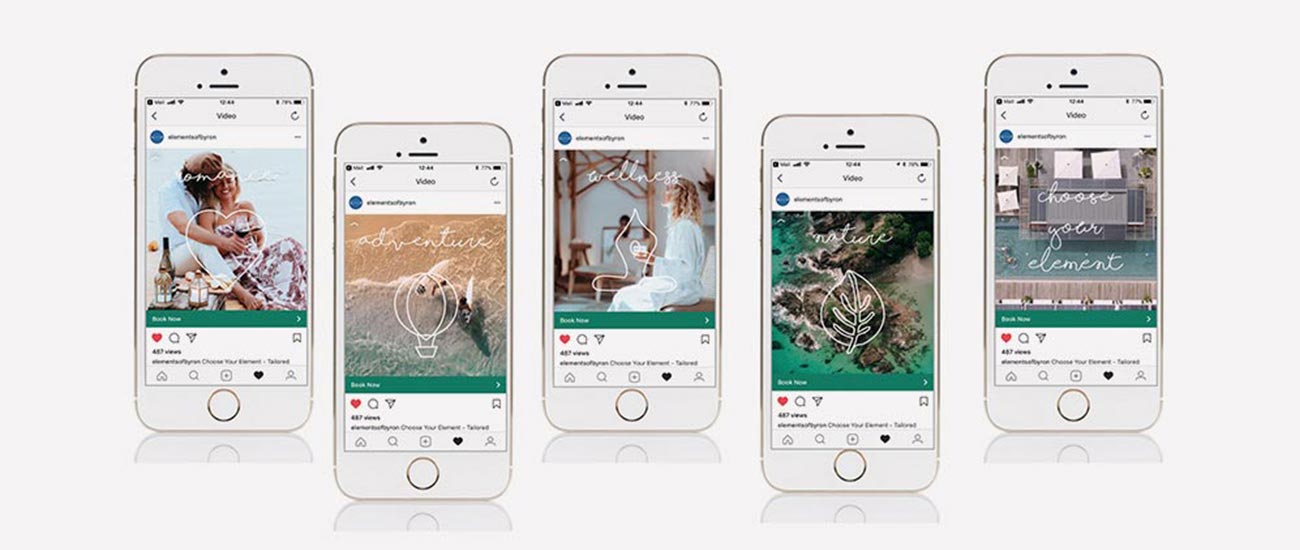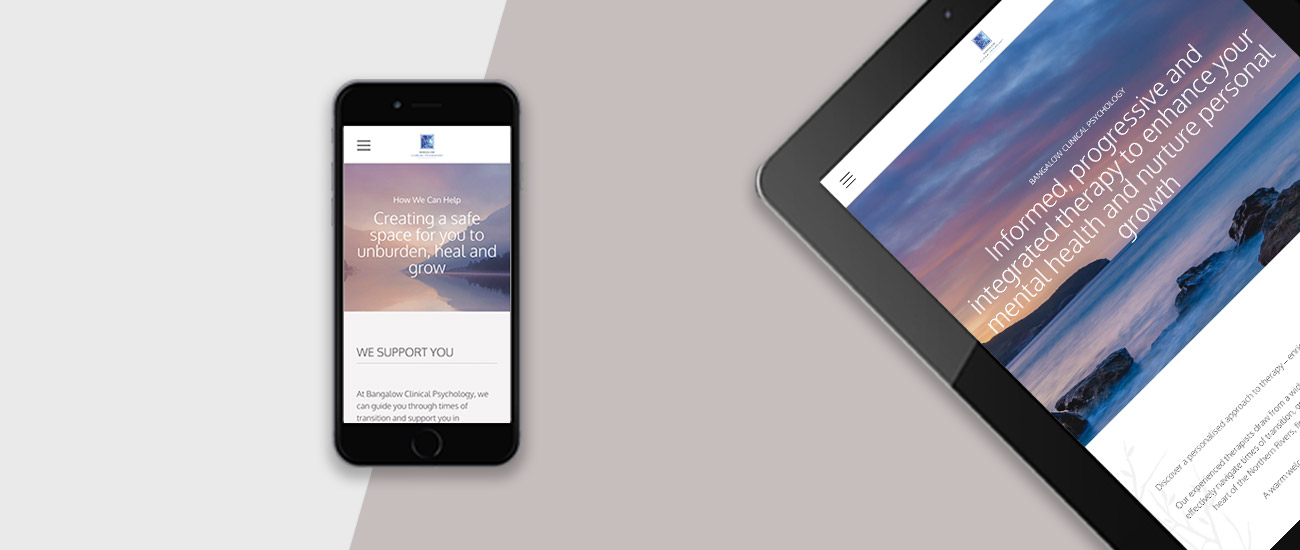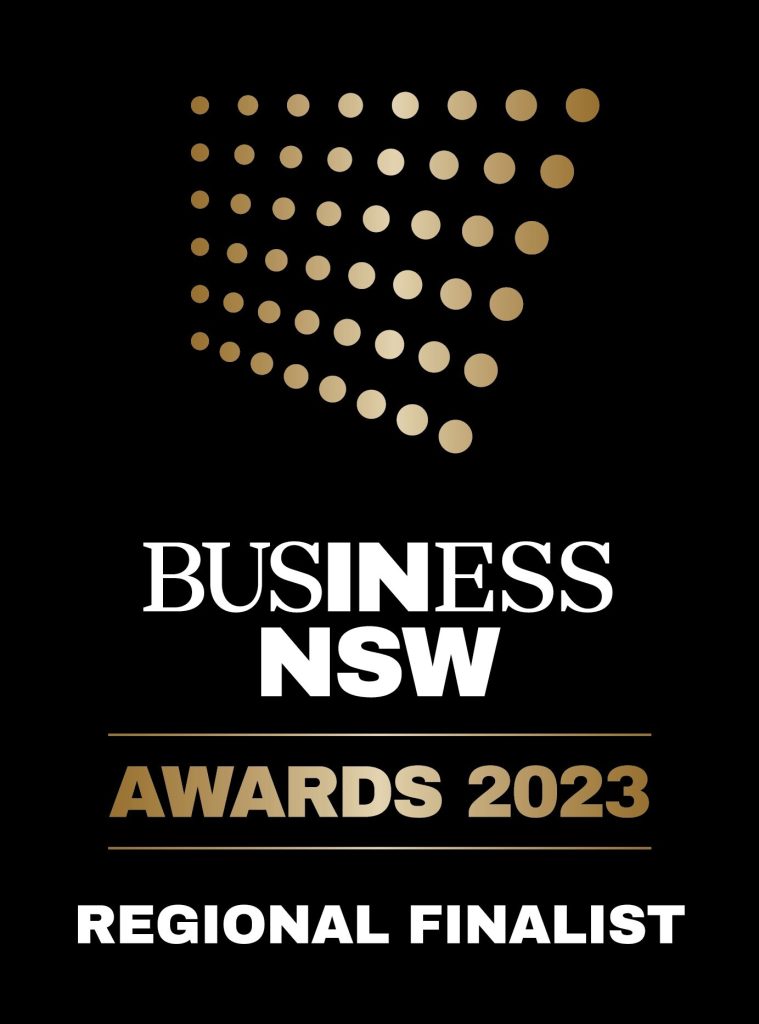What Is Lead Generation
Lead Generation is the engine that powers a strong digital marketing strategy. It’s the process of being exactly where your customers are looking for your services and products. And helping them to buy from you. Leveraging data, curated content, digital platforms and media – it’s the process of attracting and converting new target audiences to ultimately become loyal customers. It’s the driving force that accelerates your business.
What Is a Lead?
A Lead can be broadly defined as actionable interest taken by someone in your target audience that brings them closer to buying from you. For example, it could be an enquiry via your website, a sale or a subscription to your YouTube channel. The specific definition varies depending on your business and marketing objectives.
Why Is a Lead Generation Strategy Important?
Creating a strong lead generation strategy is essential to building your business. Driven by the rapidly changing digital landscape, consumers buying habits have significantly changed.
If someone wants to buy a particular product or service, they’ll search online, sort and compare by price and quality, read reviews from other buyers and watch video demonstrations before making a purchase. Even more, they have the option of shopping globally so they can ensure they are getting the best possible deal.
With access to more information and choice, consumers are more savvy than ever before. This poses a big challenge for businesses as the digital landscape is saturated and competition is high. However if you’re able to understand your buyer audience and how you can add value as a business, there is an enormous opportunity.
“Organisations that truly understand their audiences and seek to serve their needs will succeed.”
A strong lead generation strategy provides you the framework to drive traffic to your website, differentiate you from your competitors, demonstrate value and generate sales to ultimately accelerate your business growth.
How to Generate Leads
Identifying your target audience and understanding their differing wants, needs and pain points are the foundations of building a strong lead generation strategy. The more you know about your target audience and your competitors, the more clearly you can understand how to generate leads.
What’s the Buyer Journey?
What’s the customer journey from when they first interact with your business all the way through to when they make an enquiry or purchase on your website.
Factors which inform your customer’s Path to Purchase:
- What’s the emotional benefit a customer receives from your product or service?
- How do they shop?
- What are they are searching for?
- How may your potential customers first come into contact with your business?
- Is your website SEO optimised? 85% of shoppers search online before buying a product online.
- What will they find if they research your business, product or service?
- Why would they buy your service and not a competitor’s?
- What is their resistance to buying?
What you need to consider about the customer journey when they visit your website:
- What information do they see when they first land on your website homepage?
- How are your products or services displayed?
- Do you have accurate product images, demo videos to help explain your service or product? The more helpful and engaging you are, the more you build credibility as a business and are likely to convert a visitor to a buying customer.
- How do they make a purchase? Is the process easy?
- What happens after they make a purchase?
- How do you encourage them to come back and purchase again?
Once you have an understanding of your target audience and the buyer journey you can start to design your lead generation funnel.
What Is the Lead Generation Funnel?
The lead generation funnel is a step-by-step strategy for acquiring new leads.
It’s the foundation of a strong digital marketing strategy, helping you to identify the different touch point opportunities of your target audience’s buyer’s journey.
The first step is awareness.
How do you increase your visibility to a new audience who doesn’t know about your brand?
Or if they do know about your brand, how can you engage them to consider you again, and buy?
This is when a strong digital marketing strategy is essential. Understanding your target audience, what channels do you need to be on to reach them and what content will be engaging to them.
Some examples of digital marketing:
- Content: Blogs, infographics, video.
- Online advertising
- Social media

Email Marketing
Email is an effective platform to reach customers that are already familiar with your business. Always remember however that because this is one of the main channels people use to communicate with, inboxes are very cluttered, so make sure you use a compelling subject headline, have a clear call-to-action (CTA) and use captivating design to grab your email subscribers attention.
According to HubSpot, segmented emails are 75% more effective at reaching audiences than unsegmented lists. Take the time to segment your audiences so you’re able to be highly targeted in your messaging.
Content Marketing
Content marketing is a strategy focussed on delivering valuable and relevant information to a specific target audience to drive leads. It also provides your business a good opportunity to cement your positioning as an expert in a particular topic or industry.
It can include text-based or visual material such as website pages, blog posts, white papers, infographics, and video.
Content marketing costs 62% less than traditional marketing and is nearly three times as effective.
Done well, it can be a significant traffic driver to your website. Here are 5 Successful Content Marketing Examples to inspire you.
Online Advertising
Text, display and video ads are the most common types of online advertising. With the key objective of driving traffic to your website, it’s important your ads are highly targeted in their placement and messaging, and the landing page your ad clickers are directed to on your website reflects the offer being promoted.
Retargeting can be a highly effective strategy to driving leads.
How many times have you left something abandoned in your shopping cart, and been lured back with convincing ads reminding you how much you need that item? It’s effective!
Just make sure to monitor the frequency of your ads to ensure you’re optimising your budget.
Social Media Marketing
Social media can be an important lead generation tool to reach a new audience and drive traffic to your website.
The first step is to research what channels your audience are using and in what mindset they are in when they are using these channels.
For example, if you’re a software company looking to sell your product to a Marketing Manager, it may make more sense to focus on LinkedIn where users are in a professional buying mindset.
Whereas if you’re a fashion brand, the highly visual nature of Instagram may be an extremely effective platform to promote your latest collection. Have clear objectives and measure every post you promote so you’re able to accurately evaluate what type of content, targeting, copy and scheduling is driving you the best results.
Lead Generation Strategy

Website Design
A website is the storefront and a brochure of your business. It allows your visitor to ‘meet’ you, understand your’ offering and make assumptions whether they can trust and buy from you.
Optimising your website design for lead generation is crucial. The first step is to identify your target audience and understand what role your website plays in assisting them to buy your product or service.
Website Design Lead Generation Tips
- Ensure each of your pages has a strong call to action.
- Implement a live chat on your high traffic pages. 82% of consumers rate an immediate response as important or very important when they have a marketing or sales question.
- Design your thank you page for lead generation. It’s an additional opportunity to up-sell or cross-sell products or services.
SEO Content
Search engine optimisation (SEO) is the process of making your website pages visible in a Search Engine Results Page (SERP) such as Google, Yahoo! or Bing.
A strong keyword strategy is essential for strong SEO. The first step of building a keyword strategy is understanding your target audience.
What’s their specific intent when they enter a search query.
- Are they searching for a specific product or service?
- Do they want to learn more about a specific topic?
- Are they looking to make a purchase?
There are an enormous range of different keyword research tools available. To learn more about your target audience’s search intent, do some research with Google Trends and review Q&A sites like Quora to see what topics your audience are seeking information on.
Once you have a good understanding of your target audience search intent, you can use free keyword research tools such as Google Keyword Planner or if budget allows, comprehensive paid tools such as MOZ and SEMRush to review your target keyword volumes (evaluate popularity) and competition (assess difficulty).
Now that you have your shortlist of target keywords you can start to build a content plan of what type of content you want to produce and promote to engage with your target audience. This could be in the form of a whitepaper, video, podcast or a series of short form-articles. Again for optimal lead generation, make sure your content aligns with your target audience’s interests and answers questions to solutions that are seeking.
Good content takes time to research, edit and optimise. It’s an important lead generation tool and while a strong SEO structure will help increase your visibility, you need to make sure there is a strategic distribution plan to increase the opportunity your content will be read and shared.
As a general rule, you should be spending approximately 80% of your time promoting content and only 20% of your time creating it.
SEO Content Lead Generation Tips
- Gated content requires users to fill out a form before they can access a particular piece of content. It’s a highly effective way to get leads. If you’ve produced a long-from piece of content such as an eBook or offer a free service such as an audit, make it mandatory that a viewer of your content enters their contact details before being able to access the content. This gives you the opportunity to follow up and move them further down the lead generation funnel.
- Internally link to your other website content to drive time spent on site. This also helps drive up your SEO ranking.
- It’s important your target keywords are included in your website content but make sure you’re not keyword stuffing. Good website copy is persuasive and informative. Write for your audience, not for search engines.
Social Media

A website is the storefront and a brochure of your business. It allows your visitor to ‘meet’ you, understand your’ offering and make assumptions whether they can trust and buy from you.
Optimising your website design for lead generation is crucial. The first step is to identify your target audience and understand what role your website plays in assisting them to buy your product or service.
Rapidly growing in usage, Instagram has demonstrated to be an extremely effective lead generation tool. A highly engaged audience, Instagram has an interaction rate higher than any other social media platform. However it’s important to note that majority of its users are between 18-29 years old so keep this in mind when planning your marketing strategy.
When you think of Social Media, LinkedIn is not the first channel that comes to mind. It’s one of the most underrated social media platforms. LinkedIn is a powerful Lead Generation channel driving 80% of B2B (Business-to-Business) social media leads and performing 277% better than Facebook and Twitter when looking at website visitor-to-lead conversions.
Social Media Lead Generation Tips
- Videos on social media are shared 12 times more than text and images combined. Invest the time and resources in producing and sharing video and don’t be afraid to repost customer’s videos they’ve tagged you in. User-generated content is one of the most cost-efficient tactics to driving social engagement.
- Leverage Facebook and Instagram stories to drive traffic back to your website by promoting your latest blog, events or new product launches.

Measurement
Measurement is key. It’s impossible to determine the success of your lead generation strategy without accurately measuring performance. Before you implement a marketing plan, define your objectives, review benchmarks and set up performance goals for each tactic you plan to implement.
Take the time to review Google Analytics at least monthly or more frequently if you are running a short term tactical campaign.
- What key channels are driving traffic to your website?
- What channels are driving the most conversions?
- Which of your website pages are driving the most engagement?
Do you have a healthy website speed? Improving speed load is one of the best ways to improve site engagement.
Review and measure everything from ad copy to landing pages and email subject lines. A/B test ad formats, different types of content, headlines and call-to-action buttons. Continuous testing and optimisation is an essential part of building a strong lead generation plan as it allows you to determine what’s not working and how you can best leverage new opportunities.
Conclusion
Business growth is driven by a strong Lead Generation strategy. Understanding your audience is paramount.
Identifying their challenges and needs will help you identify opportunities to leverage.
Understand the role of your website, create compelling content which meet your audience’s interests and drive engagement with meaningful conversations.
Test, test, test. Digital Marketing provides you flexibility and speed to quickly test and measure. The more you test and tweak, the more you’ll accelerate your lead generation process and maximise return on investment for your business.
Need help from a specialist team to grow your business? See our Growth Marketing packages.
Vim + Zest is a specialist Branding and Marketing agency for people and organisations that matter. We help leaders to create impact to build a better world.



